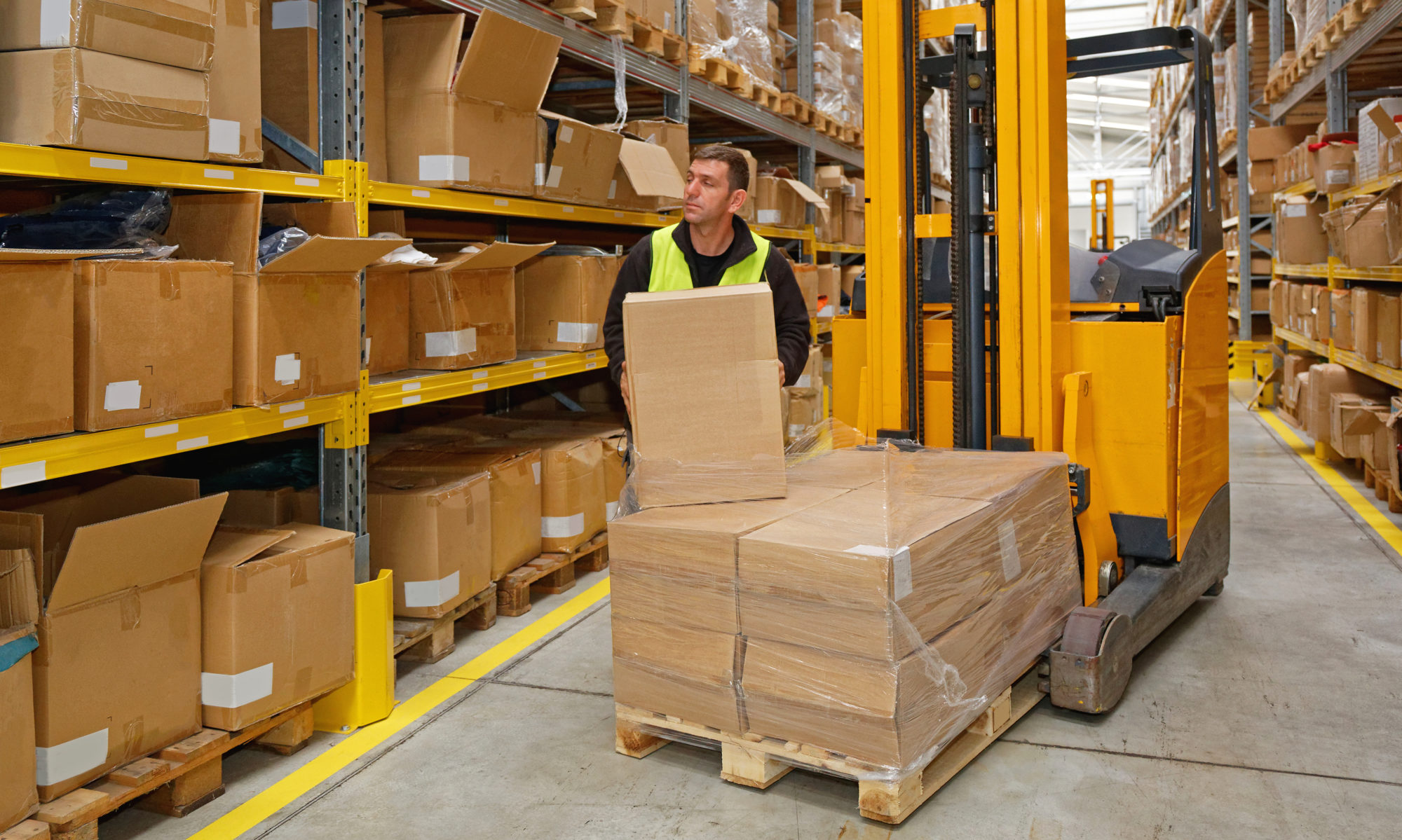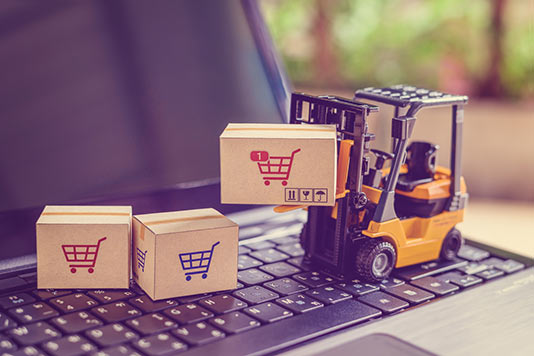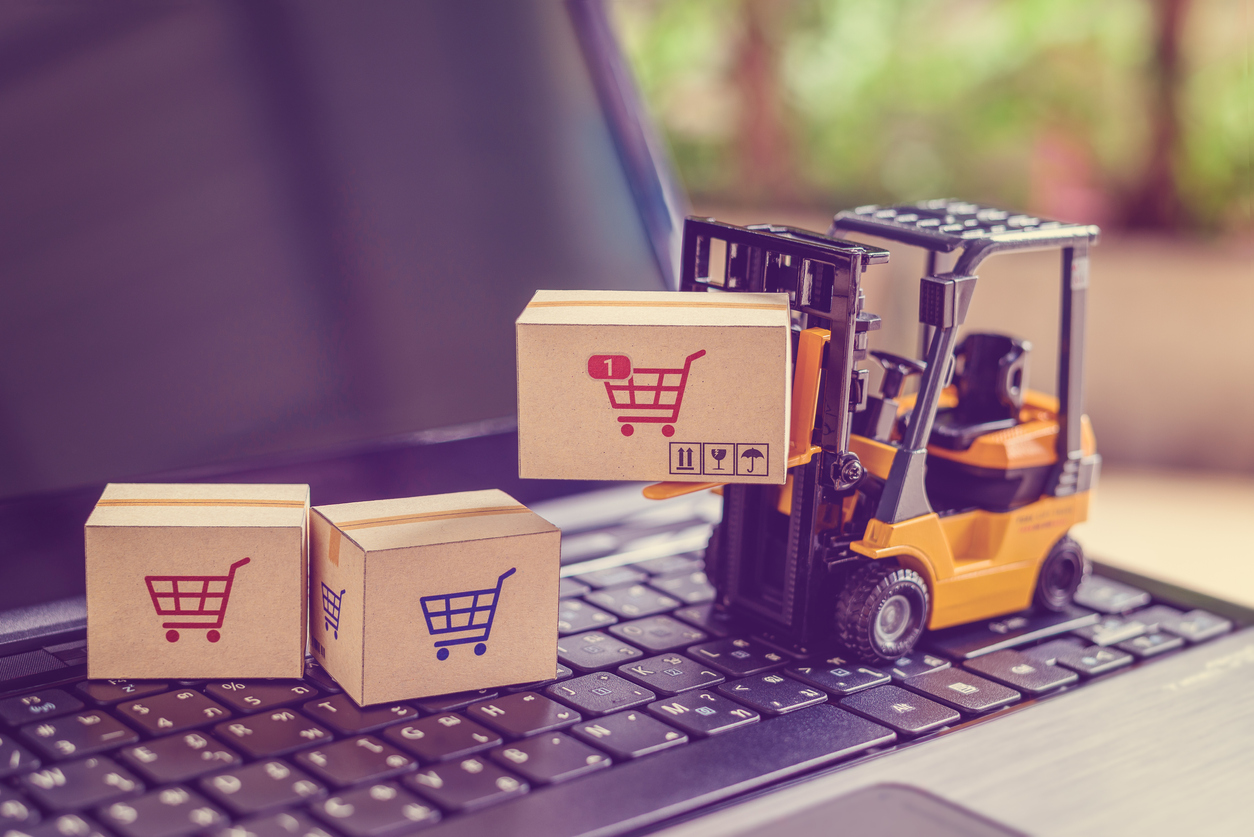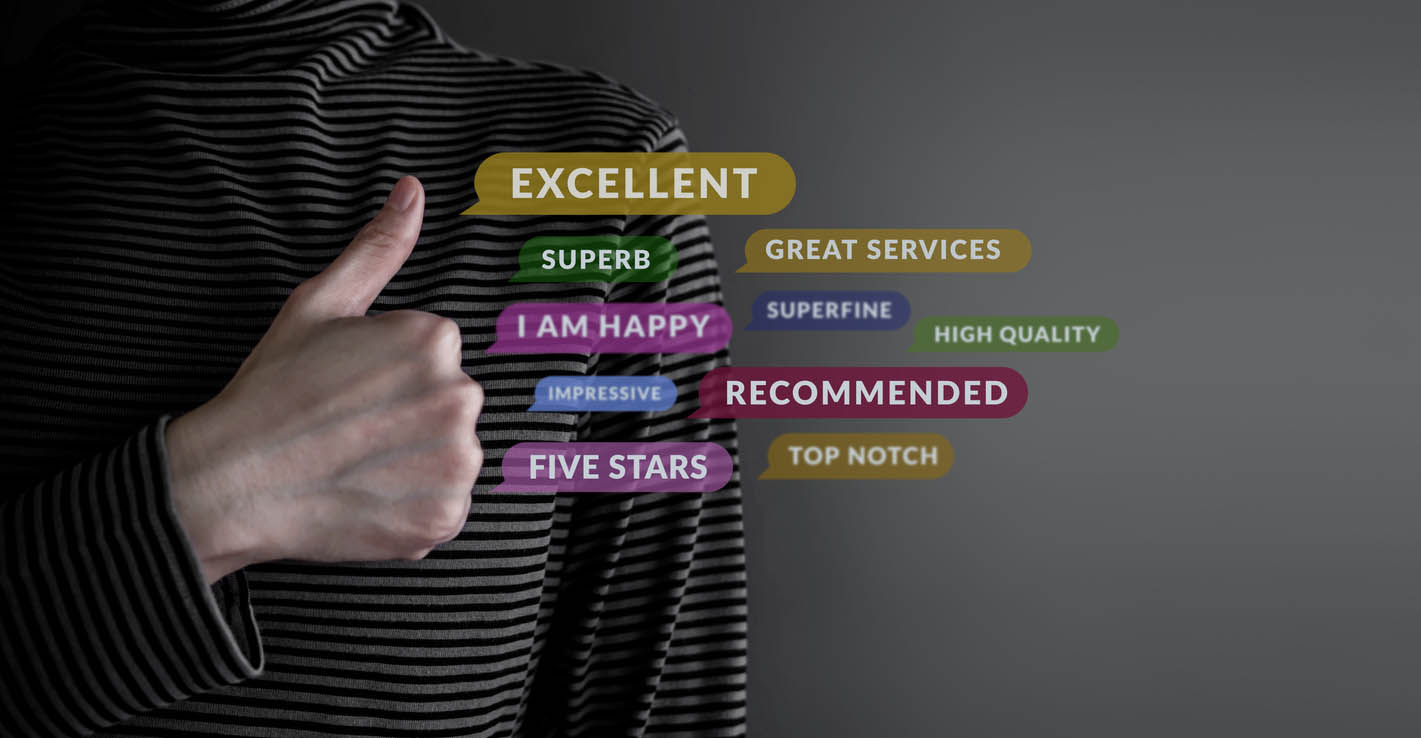With the school year over and summer in full swing, this is a perfect time to ask yourself: what grade would you give the performance of your fulfillment warehouse? Do they get a passing grade or below average? Use this scorecard to determine whether your fulfillment partner is making the grade or flunking out.
Pass or Fail: Performance Metrics
No matter what you sell, from accordions to zippers, your customers have many sources to choose from. Elite customer service is what will set you apart from the competition. Your fulfillment partner has a responsibility to uphold the commitments you make to customers regarding delivery time, presentation, accuracy, and other measurable factors.
Service level agreements, or SLAs, are a standard way to document what you expect from your fulfillment partner.
Use these metrics to answer key questions such as:
* Are same-day, next-day and two-day delivery windows met consistently?
* Are you processing a high number of returns because of damages or product quality?
* Are customers receiving the correct items in the correct quantities?
* Is inventory updated at least once a day? Are discrepancies addressed promptly?
Pass or Fail: Open Channels of Communication
We all know (and have experienced) the horror stories of being stuck in voicemail limbo when contacting a company’s customer service department. But when it comes to your fulfillment warehouse, you are more than simply a customer. You are partners, with both of you invested in the same goals. If you have concerns about your fulfillment partner’s performance, do you get passed off to an account executive? Even worse, do they simply ignore you?
A dependable fulfillment partner will offer full transparency in their business relationships. If you do not have access to contact their leadership team for open and honest discussions, that is a red flag. But keep in mind that just talking to leadership is not enough. They should also be responsive to your concerns and create acceptable solutions in a timely manner.
Pass or Fail: Up-to-Date Technology
In the fast-paced world of e-commerce, you cannot afford to be left behind due to outdated technology. A web-based portal allows you to access your information 24/7 without the need to contact your fulfillment warehouse. Make sure they use encryption or other appropriate measures for data security.
Even the most sophisticated technology is bound to hit a snag now and then. Ask about support protocols and whether upgrades are performed on a regular basis.
Pass or Fail: Initiative-taking Improvements
Do you sit back and let your e-commerce business roll along, content with the status quo? Of course not, and neither should your fulfillment warehouse. A good partner understands that improvements benefit both of you. Ideally, they are constantly seeking out ways to boost productivity and decrease costs. If your fulfillment warehouse is not presenting you with ideas to improve efficiency, that is a sign they are not as committed to your success as they should be.
We are glad to offer a free review of your service with us for recommendations or review your current fulfillment provider and let you know what we can do better. Just ask us!
Pass or Fail: Safety Precautions
Accidents and disasters can result in problems ranging from returns of damaged products to complete loss of inventory. What measures does your fulfillment partner implement for protection from fire or theft? At minimum, they should have a 360-degree monitoring system with no dead ends.
Safety does not stop with the products themselves. A high rate of workplace injuries can seriously compromise productivity. The warehouse should have an efficient layout and the company should have an established set of protocols to enhance employee safety.
Medallion Fulfillment and Logistics is a Fulfillment Warehouse that Scores High on the Satisfaction Scale
Find out why clients from coast-to-coast have chosen Medallion Fulfillment & Logistics to be their partner in success. Contact us to learn more about how our services can enhance your business and why we are the fulfillment warehouse choice for a wide variety of businesses around the nation.





